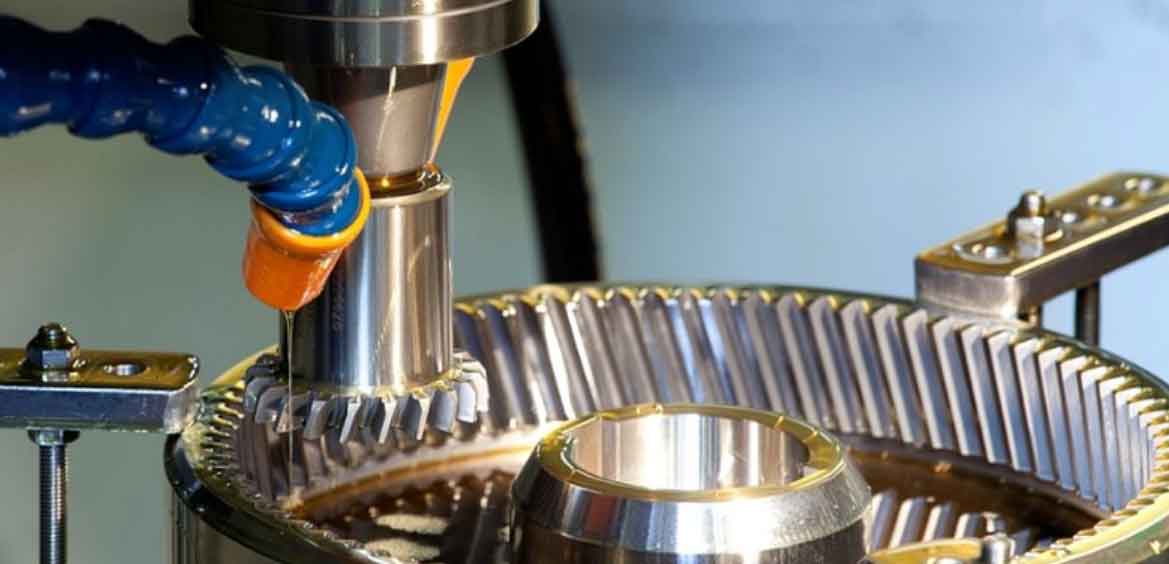Gear shaping is a precise and efficient process used for cutting gear teeth. It involves the use of a gear shaping machine, a specially designed cutting tool called a shaper cutter, and careful control of the cutting parameters. Let’s take a detailed look at the process of gear cutting through gear shaping:

- Machine Setup: The gear shaping machine is prepared by aligning the cutter spindle, workpiece spindle, and other machine components. The workpiece, typically a gear blank, is securely mounted on the machine’s worktable. Proper alignment and calibration of the machine are essential to ensure accurate tooth cutting.
- Shaper Cutter Selection: The shaper cutter is selected based on the desired gear tooth profile, module, pressure angle, and other specifications. The cutter features a series of cutting edges or teeth that correspond to the gear tooth shape. The cutter must be precisely matched to the gear specifications to ensure accurate tooth cutting.
- Workpiece Rotation: The workpiece spindle rotates, driving the gear blank’s rotation during the cutting process. The rotational speed is determined based on the gear material, tooth profile, and cutting parameters. The workpiece rotation allows the cutter to gradually cut into the workpiece and form the gear teeth.
- Cutter Reciprocation: The shaper cutter is mounted on a reciprocating ram, which moves the cutter back and forth across the workpiece. The reciprocating motion, combined with the rotational motion of the workpiece, allows the cutter to progressively cut into the workpiece and generate the gear tooth profile. The reciprocation speed and stroke length are controlled to achieve the desired tooth geometry.
- Cutting Action: As the cutter reciprocates, each cutting edge engages with the workpiece and removes material to form the gear teeth. The cutting action is carefully controlled to ensure precise tooth shape, correct tooth spacing, and smooth surface finish. The depth of cut and feed rate are crucial parameters that determine the amount of material removed and the rate of tooth formation.
- Feed Mechanism: The gear shaping machine incorporates a feed mechanism that controls the rate at which the cutter advances across the workpiece. The feed rate is set based on the desired tooth pitch and the number of teeth to be cut. It ensures consistent tooth spacing and proper alignment between adjacent teeth.
- Cooling and Chip Removal: During the cutting process, cutting heat is generated, and chips are produced. Coolant or cutting oil is often used to lubricate the cutting action, dissipate heat, and facilitate chip evacuation. Proper cooling and chip removal contribute to improved cutting performance and surface finish quality.
- Finishing Operations: Depending on the required gear specifications, additional finishing operations may be performed after gear shaping. These may include deburring, chamfering, and surface smoothing to achieve the desired gear quality and functionality.
- Quality Control: Gear cutting through gear shaping requires strict quality control measures to ensure the accuracy and integrity of the gear teeth. This includes dimensional inspections, tooth profile analysis, and other quality assurance tests. Any deviations or errors in tooth geometry or spacing can be identified and corrected during the quality control process.
Gear cutting through gear shaping is a well-established and versatile method for producing high-quality gear teeth. It enables the creation of precise tooth profiles, accurate tooth spacing, and smooth surface finishes. By carefully controlling the machine setup, selecting appropriate cutting parameters, and ensuring proper tool selection, manufacturers can achieve gear teeth with tight tolerances and excellent performance characteristics.
